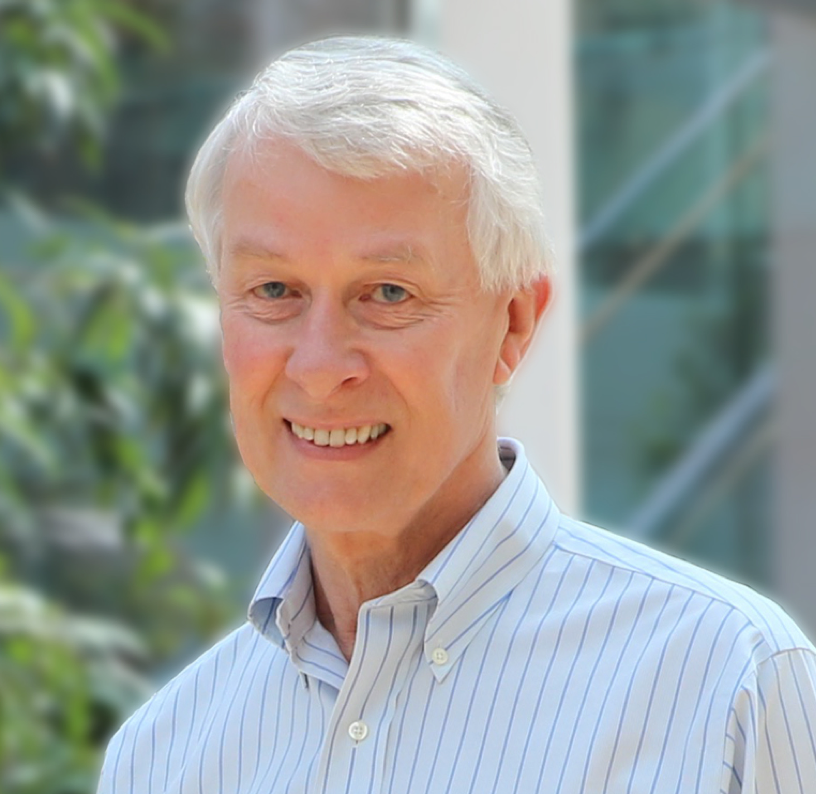The Path to the Nobel Prize

Part of the Special ECE Seminar Series
Modern Artificial Intelligence
Title:
The Path to the Nobel Prize
Speaker:
Richard J. Roberts
Abstract:
I will briefly describe how I became interested in science and how I almost became a professional billiards player. Following my early interests in chemistry, and my pursuit of a Ph.D. in chemistry I became fascinated with biology and read a book, “The Thread of Life” by John Kendrew that led to my becoming a molecular biologist. I will describe the research that led to the discovery of RNA splicing, which turned out to be a temporary diversion from my real interests in DNA restriction and modification. With a keen interest in sequencing DNA I became heavily involved in using computers and was a pioneer in what is now called bioinformatics. In the RM field many discoveries have been made including, most recently, some exciting findings on bacterial methylomes.
My career has spanned traditional academic research to more commercially inspired ventures. Since I now work at New England Biolabs, a for-profit company, I will describe its origins, its philosophy towards business and life, and how commercial success can fund innovative research. One theme running through my career has been a lack of respect for dogma and a keen sense of questioning everything that people tell me they already know.
Bio:
 Dr. Richard J. Roberts is the Chief Scientific Officer at New England Biolabs, Beverly, Massachusetts. He received a Ph.D. in Organic Chemistry in 1968 from Sheffield University and then moved as a postdoctoral fellow to Harvard. From 1972 to 1992, he worked at Cold Spring Harbor Laboratory, eventually becoming Assistant Director for Research under Dr. J.D. Watson. He began work on the newly discovered Type II restriction enzymes in 1972 and these enzymes have been a major research theme. Studies of transcription in Adenovirus-2 led to the discovery of split genes and mRNA splicing in 1977, for which he received the Nobel Prize in Medicine in 1993. During the sequencing of the Adenovirus-2 genome computational tools became essential and his laboratory pioneered the application of computers in this area. DNA methyltransferases, as components of restriction-modification systems are also of active interest and the first crystal structures for the HhaI methyltransferase led to the discovery of base flipping. Bioinformatic studies of microbial genomes to find new restriction systems are a major research focus as is the elucidation of DNA methyltransferase recognition sequences using SMRT sequencing and a new approach to m5C containing recognition sequences.
Dr. Richard J. Roberts is the Chief Scientific Officer at New England Biolabs, Beverly, Massachusetts. He received a Ph.D. in Organic Chemistry in 1968 from Sheffield University and then moved as a postdoctoral fellow to Harvard. From 1972 to 1992, he worked at Cold Spring Harbor Laboratory, eventually becoming Assistant Director for Research under Dr. J.D. Watson. He began work on the newly discovered Type II restriction enzymes in 1972 and these enzymes have been a major research theme. Studies of transcription in Adenovirus-2 led to the discovery of split genes and mRNA splicing in 1977, for which he received the Nobel Prize in Medicine in 1993. During the sequencing of the Adenovirus-2 genome computational tools became essential and his laboratory pioneered the application of computers in this area. DNA methyltransferases, as components of restriction-modification systems are also of active interest and the first crystal structures for the HhaI methyltransferase led to the discovery of base flipping. Bioinformatic studies of microbial genomes to find new restriction systems are a major research focus as is the elucidation of DNA methyltransferase recognition sequences using SMRT sequencing and a new approach to m5C containing recognition sequences.

